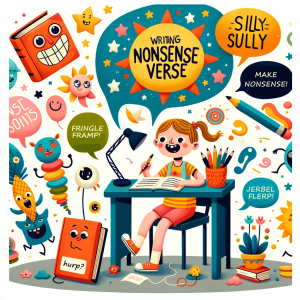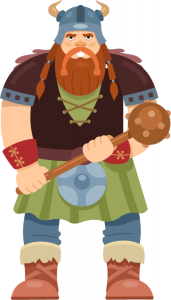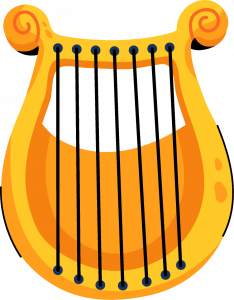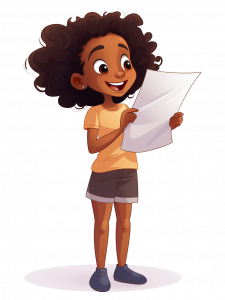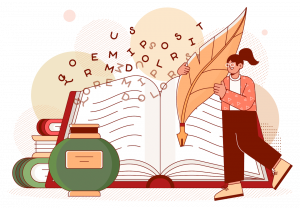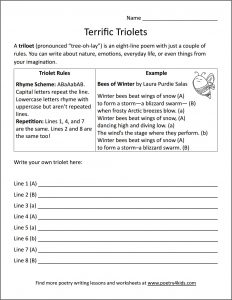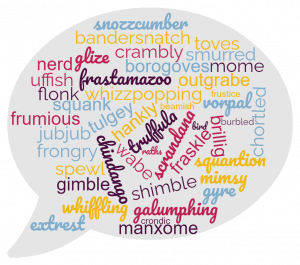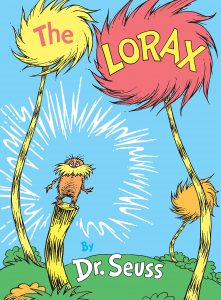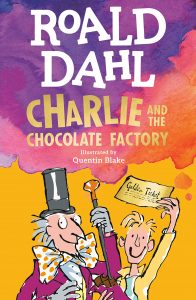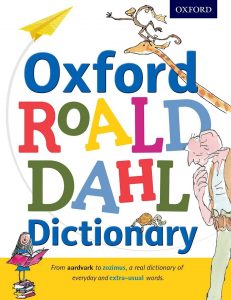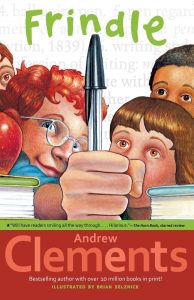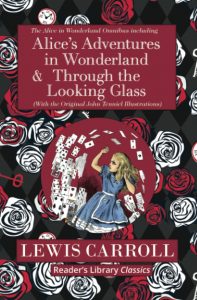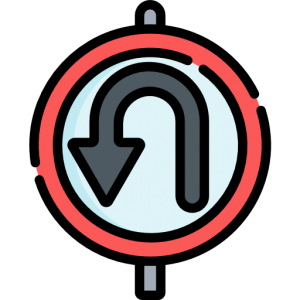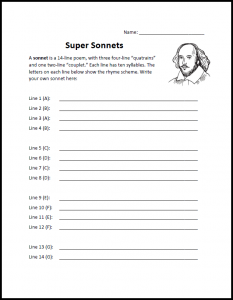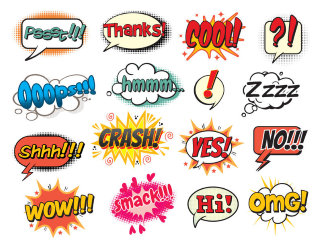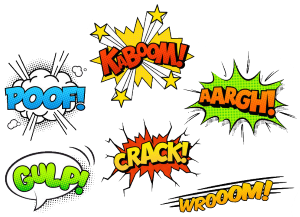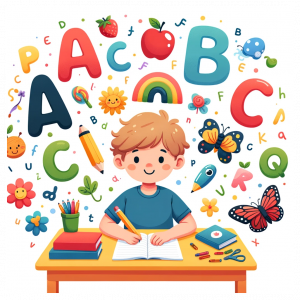
Today, we’re embarking on a journey into the world of “alphabet poems.” If you’ve enjoyed creating acrostic poems, where the first letters of each line spell out a word or phrase, you’re going to love alphabet poems!
In alphabet poems, each line starts with a different letter of the alphabet, following the order from A to Z. It’s like weaving a magical tapestry with words, where every letter is a new stroke of your imagination. Imagine combining the fun of acrostics with the thrill of exploring the entire alphabet! So, let’s get our pencils ready and explore every letter in a new and exciting way with alphabet poems!
What is an Alphabet Poem?
An alphabet poem is a playful and creative way to use the ABCs in poetry. Just like in acrostic poems, where the first letters of each line spell out a word, in alphabet poems, each line starts with the letters of the alphabet, in order.
Starting with A and ending with Z, each line of the poem begins with the next letter in the alphabet. This creates a fun challenge: you get to think of a word or idea that starts with each letter. It’s like a puzzle where each piece is a letter that helps to build a beautiful picture with your words.
For example, if you’re writing about nature, your poem might start with A for ‘Autumn leaves,’ then B for ‘Breezes blowing,’ and so on. The challenge is to connect each line in a way that tells a story or paints a picture, making your way from A to Z.
Alphabet poems are not just fun; they’re a great way to learn new words and think about how to fit ideas together in creative ways. Ready to give it a try? Let’s find out more about why writing alphabet poems is not only enjoyable but also a great exercise for your brain!
How to Write Your Own Alphabet Poem
Writing an alphabet poem is like going on a treasure hunt with letters! Here’s how you can create your very own:
1. Choose a Theme: Start by picking a theme you love – it could be animals, your family, outer space, or even your favorite hobby. This theme will guide your poem from A to Z.
2. Start with A and Continue Through Z: Begin your poem with a word or idea that starts with A. For example, ‘A is for Apples, red and bright.’ Then move on to B, like ‘B is for Berries, sweet and light,’ and keep going through the alphabet.
3. Be Creative with Challenging Letters: Letters like Q, X, and Z can be tricky, but they’re also a chance to be extra creative! For Q, you could write ‘Quiet nights with twinkling stars.’ For X, think outside the box – ‘Xylophone tunes ringing clear’ or use words that start with an X sound, like ‘eXtraordinary day.’ And for ‘Z,’ try something like ‘Zebras racing in my dreams.’
4. Connect Your Lines: Try to make each line connect to the next in some way, either through rhyme, rhythm, or a continuing story or theme. This will make your poem flow nicely.
5. Have Fun and Experiment: The most important part is to have fun and play around with words and ideas. Alphabet poems are a great way to experiment with language and see where your imagination takes you.
Here’s an example of how the beginning of an alphabet poem with an animal theme might look:
A is for Ants, marching so small,
B is for Butterflies, fluttering tall,
C is for Cats, stretching their claws,
D is for Dogs, pointing their paws,
Or you might simply use words that start with each letter. Here’s the beginning of an alphabet poem with a nature theme:
Arctic snows are white and cold.
Beaches’ sands are warm and gold.
Caves are chambers underground.
Deserts have cactus all around.
Remember, there’s no right or wrong way to write an alphabet poem. They don’t even have to rhyme! It’s all about exploring words and having fun with the letters of the alphabet.
Time to Write!
Now that you’ve explored the exciting world of alphabet poems, it’s time to put pencil to paper and create your own. Remember, each letter in the alphabet is like a key, unlocking your imagination and creativity. As you write your alphabet poems, you’re not only having fun with words, but you’re also learning and growing as a writer.
Don’t worry if some letters seem hard at first. Every poet faces challenges, and it’s all part of the adventure. The most important thing is to enjoy the process and see where your creativity takes you.
So, keep playing with words, experimenting with ideas, and most of all, keep enjoying the wonderful journey of poetry. We can’t wait to see the amazing alphabet poems you create. Each one will be as unique and special as you are!
Happy writing, and may your alphabet adventures be filled with fun and discovery!
- Update to Poems-by-Length Page - April 18, 2024
- Create Your Own Poetic Puppet Show - April 16, 2024
- Leap into Laughter with “A Festival for Frogs” - March 26, 2024

